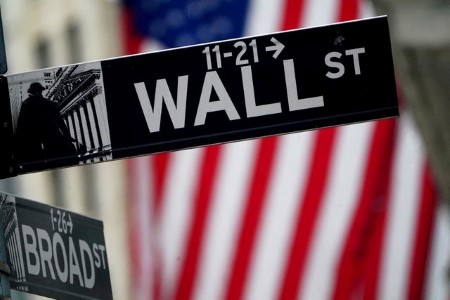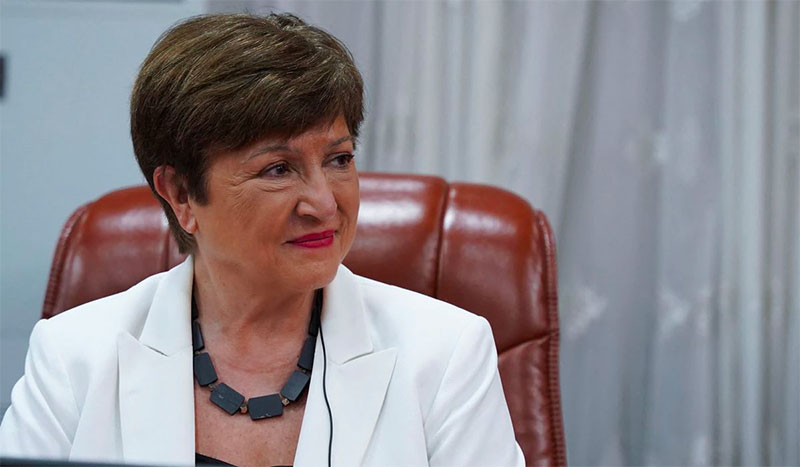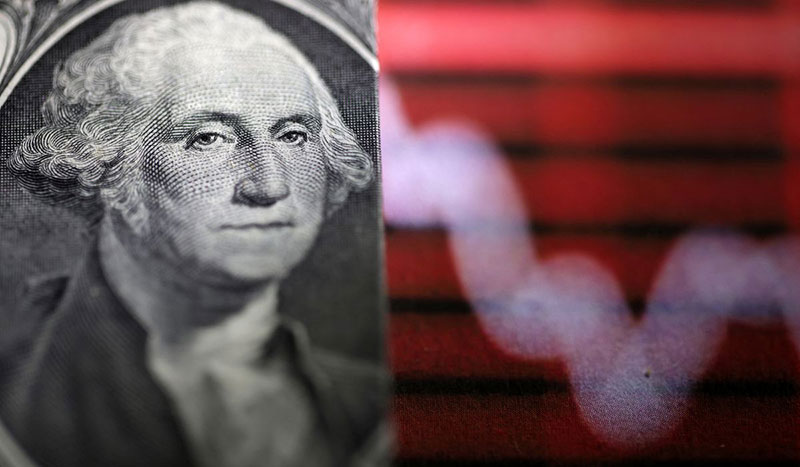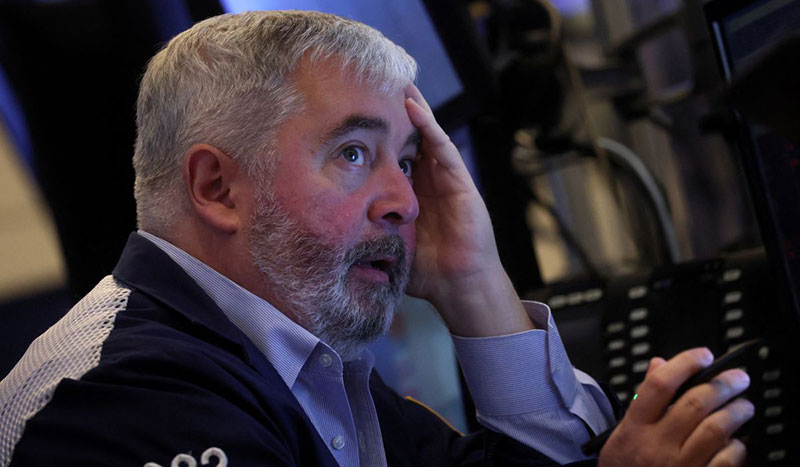WASHINGTON, July 6 (Reuters) – Wall Street ticked upward while oil continued to slide on Wednesday as investors juggled concerns over inflation versus a recession after Federal Reserve minutes showed officials rallied around a large rate hike at their June meeting.
All three major stock indices ended higher after the release of the Fed minutes, which showed officials agreeing that the inflation outlook had deteriorated and expressing concern over lost faith in the Fed’s ability to stem it. The Fed at that meeting hiked rates by 0.75% for the first time since 1994.
The Dow Jones Industrial Average was up 0.22%, the S&P 500 climbed 0.36% and the Nasdaq Composite was up 0.35%.
The MSCI world equity index, which tracks shares in 45 nations, was up 0.14%.
Oil struggled to stay above USD 100 a barrel, dropping to a 12-week low on recession fears earlier in the trading day. In the afternoon, Brent crude ended down 2.3% at USD 100.40 a barrel. That comes one day after Brent fell 9% on supply concerns.
New economic data out on Wednesday showed US job openings had fallen less than expected in May, suggesting the labor market remained tight and undercutting the notion that a recession was necessarily on its way.
If anything, the survey from the Institute for Supply Management (ISM) suggested the Fed may have to keep up its efforts to cool the economy and bring prices under control via rate hikes. Also on Wednesday, the US Labor Department reported 11.3 million job openings at the end of May, down slightly from March’s record high.
“Investors continue the tug of war between, ‘Should I be more worried about high inflation or the quickly deteriorating growth outlook?'” said Thomas Kennedy, chief investment strategist for J.P. Morgan Global Wealth Management. “Cross asset correlations over the last few weeks have suggested growth is the bigger worry for the market now.”
Energy concerns continued to push the dollar, perceived as a safe haven, ahead of other currencies.
The dollar index, which tracks the US unit versus a basket of six currencies, surged above 107, while the euro dropped below USD 1.02, the first time both currencies reached those levels since December 2002.
Benchmark US Treasury yields fell to five-week lows on Wednesday, while key parts of the yield curve remained inverted, sounding recession alarm bells.
The two-year, 10-year part of the Treasury yield curve reached minus 4 basis points, after inverting on Tuesday for the first time in three weeks, a move seen as a reliable indicator that a recession will follow in one to two years.
The two-year, five-year section, which on Tuesday inverted for the first time since February 2020, also stayed inverted.
Benchmark 10-year yields were last at 2.913%. They have fallen from 3.498% on June 14, the highest since April 2011.
“The probability of a soft landing had massively declined,” August Hatecke, the co-head of UBS Wealth Management Asia Pacific, told investors at a conference in Singapore.
(Additional reporting Sam Byford in Tokyo and Tom Westbrook in Singapore; Editing by Chizu Nomiyama , Will Dunham and Emelia Sithole-Matarise)






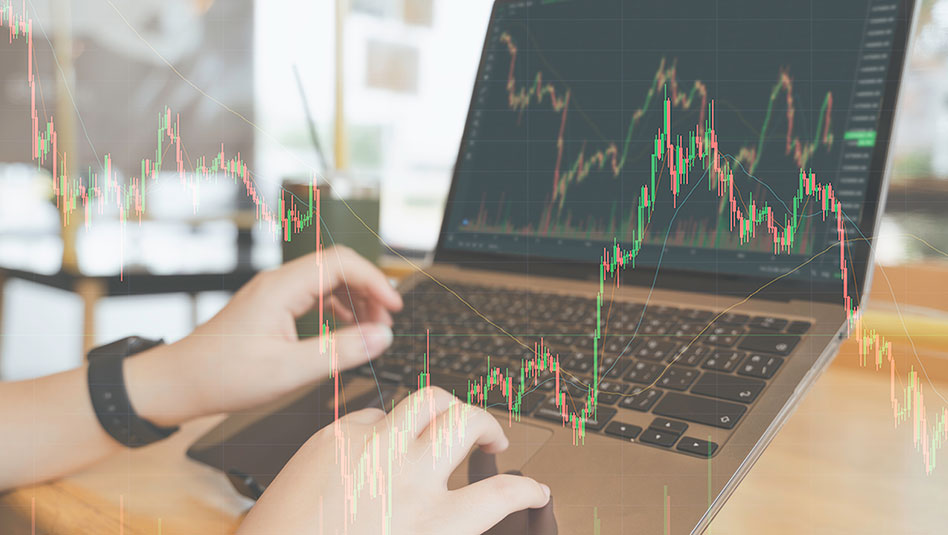
 DOWNLOAD
DOWNLOAD




